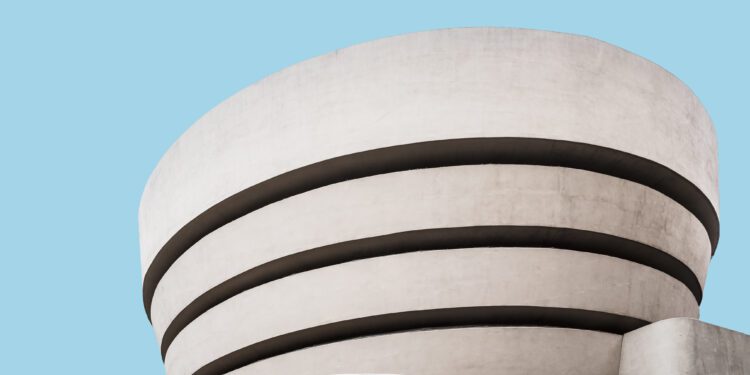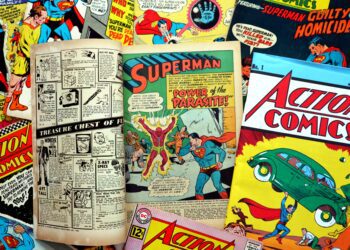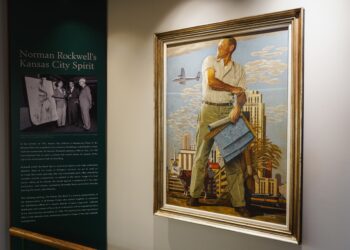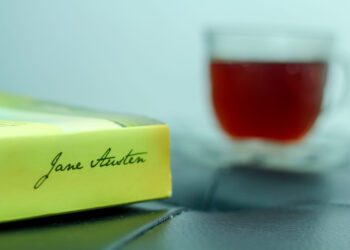A “quietly joyous” sight currently greets visitors to the Guggenheim when they look up into Frank Lloyd Wright’s famous spiraling rotunda, said Holland Cotter in The New York Times. Illinois-born artist Rashid Johnson has hung living plants from the circular skylight far above, putting the architecture in dialogue with a plant-strewn installation he placed at the top of the spiraling ramp to crown his current mid-career retrospective. But the walk up to that level “brings many changes of mood,” because Johnson, 48, works in many media and modes, and “creating an art that offers multiple-choice responses is pretty clearly what he’s after.” Identified as part of a “post-Black” generation of artists who play with signifiers of Black identity, Johnson first became known for photographs like the pair of large heroic portraits of homeless Black men on display here. From there, he’s navigated “a slip-slide between serious and comical” that adds to his work’s richness.
“When he hits the mark, you feel the presence of an artist granting himself full scope to ask deep questions,” said Sebastian Smee in The Washington Post. “His best works are richly imagined” and incorporate “viscerally engaging” materials. He’s “at his best when using crumbly shea butter and glossy black soap on mounted wall pieces” because those common grooming products “speak to self-care as a response to anxiety and even brokenness.” But “something about this survey put me in a bad mood,” because Johnson seems to be using the freedom he’s been granted by the art world to dabble in media, such as painting, that he’s not very good at. “Mired in academic thinking,” his weakest work is both “too esoteric and too casual.” Consider Homage to Chinua Achebe IV (Fela Kuti’ Zombie’), a 2004 assemblage that consists of two wooden sleds, one broken in half, and ostensibly references artists Marcel Duchamp and Joseph Beuys, novelist Chinua Achebe, musician Fela Kuti, and Kuti’s murdered activist mother. “Can these two sleds carry all that meaning? The answer is no.”
Granted, “several of Johnson’s works feel like they require a doctorate,” said Brian P. Kelly in The Wall Street Journal. Still, “there is much to laud in his wide-ranging practice.” And “some of the strongest work here grapples with emotion.” A monumental Johnson wall work that greets museum visitors, Untitled Anxious Audience (2019), “features 67 grimacing faces created by pouring black soap and wax on tiles and then carving away the features.” The visages evoke both the quiet suffering of people around us and the masks we wear to hide our pain. On the museum’s top floor, we eventually encounter a towering installation that suggests a room of shelves packed with plants, books, and ceramics. “It’s an apt metaphor for a creative mind overflowing with ideas.”












